
Snow Thrower CE Certification Testing According to EN ISO 8437-3:2021
EN ISO 8437-3:2021 is an international standard specifying safety requirements and test procedures for snow throwers, particularly for ride-on snow throwers powered by internal combustion engines. Below is a detailed introduction to this standard:
Title and Scope of EN ISO 8437-3:2021
- Standard Title: Snow throwers - Safety requirements and test procedures - Part 3: Ride-on snow throwers.
- Scope: This standard specifies the safety requirements and test procedures applicable to ride-on snow throwers powered by internal combustion engines. It must be used in conjunction with ISO 8437-1 and ISO 8437-4 to fulfill all requirements and evaluation methods for ride-on snow throwers.
Exclusions of EN ISO 8437-3:2021
The following types of snow throwers or scenarios are outside the scope of EN ISO 8437-3:2021:
- Electric and battery-powered snow throwers;
- Hand-held snow throwers;
- Snow removal machines and equipment for airports or highways;
- Machines intended for use in potentially explosive environments;
- Hazards related to:
- Battery circuits exceeding 42 V,
- Starter motors connected to mains,
- Magneto grounding circuits,
- Work environments,
- Electromagnetic compatibility (EMC).
Purpose and Significance of EN ISO 8437-3:2021
- Objective: To ensure that ride-on snow throwers can be operated safely under normal and reasonably foreseeable conditions, protecting operators, surrounding personnel, and the equipment itself. The standard aims to minimize risks and hazards associated with snow thrower operation.
- Significance: By defining clear safety requirements and test procedures, the standard provides manufacturers with a unified basis for design, production, and testing. This helps improve product quality and safety, fostering a more regulated and healthy market environment.
Main Content of EN ISO 8437-3:2021
Safety Requirements
The standard outlines specific safety requirements for various aspects of snow throwers, including:
- Mechanical Structure: Ensuring durability and structural integrity;
- Electrical Systems: Preventing electrical hazards such as short circuits;
- Control Systems: Requiring effective and intuitive controls;
- Protective Devices: Preventing operators from contacting hazardous components and reducing risks from mechanical failures.
For example:
- Ride-on snow throwers must be equipped with functional braking systems, protective guards, and emergency stop mechanisms to ensure operators can quickly halt equipment operation in emergencies.
Test Procedures
The standard provides detailed methods and processes for testing various safety features, including:
- Strength testing,
- Stability testing,
- Electrical safety testing,
- Effectiveness testing of protective devices.
These rigorous procedures verify compliance with the safety requirements outlined in the standard, ensuring a high level of safety before the product is released to the market. For example:
- In strength tests, critical components of the snow thrower are subjected to specific loads to verify their ability to withstand normal operation and potential overloads, preventing part failure that could cause safety hazards.
Certification Process for EN ISO 8437-3:2021
1. Project Definition: Determine the standard (EN ISO 8437-3:2021), certification fees and timelines, sample quantities, etc.
2. Document Preparation: The manufacturer prepares all required documentation as per the standard.
3. Sample Testing: The manufacturer submits samples to a designated testing lab for evaluation.
4. Report Issuance: Upon passing the tests, the certification body issues an official test report.
5. Factory Audit: The certification body conducts an initial factory inspection to ensure compliance with standard requirements.
6. Use of Certification Mark: After passing the audit, the applicant is authorized to use the EN ISO 8437-3:2021 certification mark officially.
This certification process ensures that products meet the safety and quality standards outlined in EN ISO 8437-3:2021, enhancing consumer trust and market competitiveness.
Email:hello@jjrlab.com
Write your message here and send it to us
 ASTM D4169 Drop Test
ASTM D4169 Drop Test
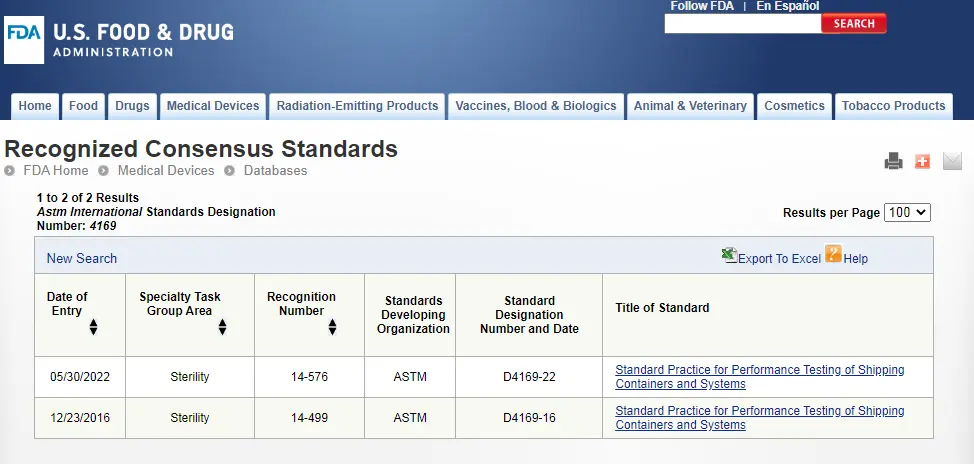 ASTM D4169 Packaging Simulation Transportation Tes
ASTM D4169 Packaging Simulation Transportation Tes
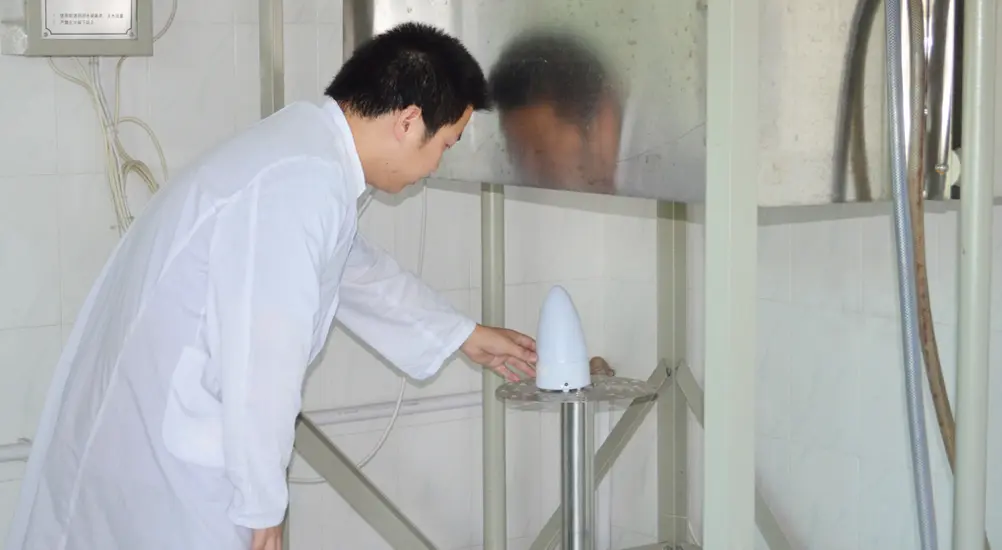 What is ASTM D4169 Testing?
What is ASTM D4169 Testing?
 ASTM D4169-23 Test Standard Revision
ASTM D4169-23 Test Standard Revision
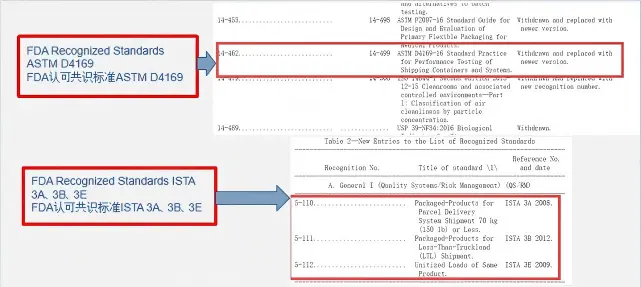 Transport Simulation Testing for Medical Device Pa
Transport Simulation Testing for Medical Device Pa
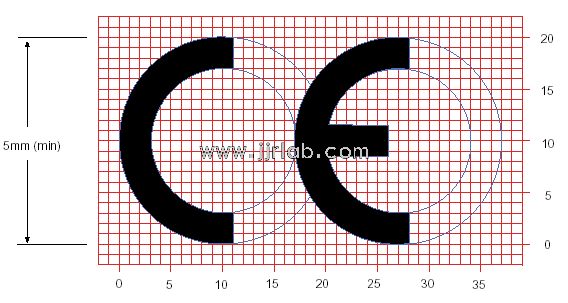 EU CE Certification Guidelines for Lighting Fixtur
EU CE Certification Guidelines for Lighting Fixtur
 Lithium Battery Export: CB Certification & IEC
Lithium Battery Export: CB Certification & IEC
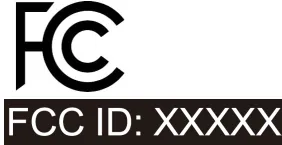 How to Apply for One FCC Certificate for Multiple
How to Apply for One FCC Certificate for Multiple
Leave us a message
24-hour online customer service at any time to respond, so that you worry!




